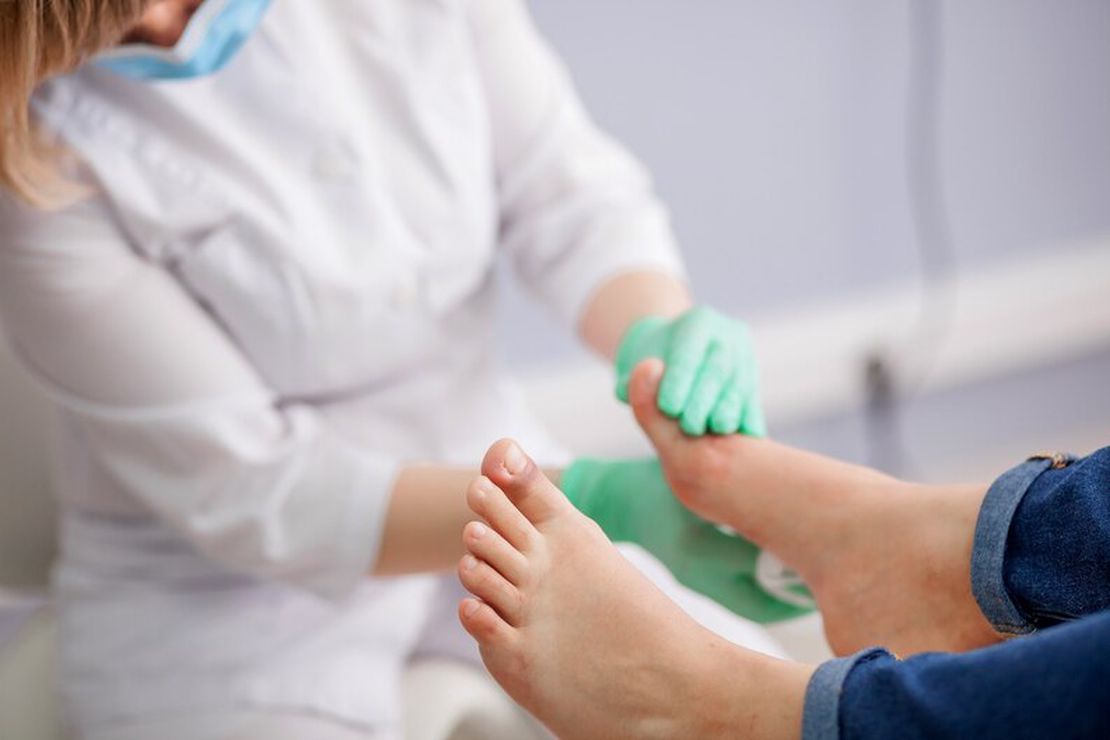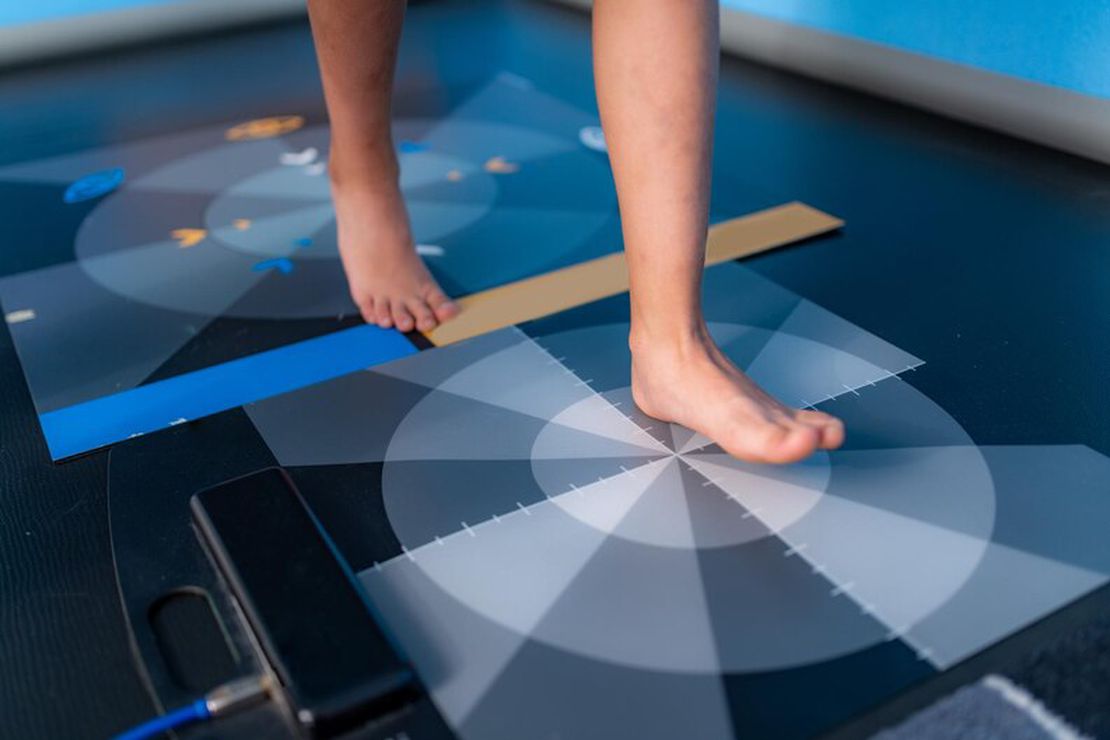Knowing the causative microorganisms in diabetic foot infections is critical for choosing the right treatment. In this article, we will provide detailed information about microorganisms that cause diabetic foot infections, their symptoms and treatment methods.
You can read our article Diabetic Foot Infections and Antibiotic Treatment to get basic information about diabetic foot infections.
Basic Characteristics of Diabetic Foot Infections
Foot infections in diabetes patients occur as a result of weakening of the immune system due to inadequate blood sugar control. Diabetic foot problems are more common especially in large cities like Istanbul due to dense population and lifestyle factors.
What are Diabetic Foot Symptoms?
Diabetic foot symptoms can be listed as follows:
- Redness and swelling in feet
- Increased temperature and pain
- Wound formation and non-healing ulcers
- Bad odor and discharge
- Color changes in foot nails
- Numbness and tingling sensation
Causative Microorganisms in Diabetic Foot Infections
The causative microorganisms of diabetic foot infections can vary. Research conducted in Istanbul diabetic foot clinics shows that the following microorganisms are the most common causative agents:
1. Staphylococcus aureus
This bacterium is one of the most common causative microorganisms in diabetic foot infections. In diabetes patients, Staphylococcus aureus can enter the body through entry points such as cuts, ulcers or wounds on the skin and cause infection. Redness and swelling among diabetic foot symptoms are usually seen in infections caused by this bacterium.
2. Streptococcus spp.
Streptococcus is another type of bacterium frequently encountered in diabetic foot infections. In Istanbul diabetic foot treatment centers, special treatment protocols are applied for infections caused by this bacterium. Similarly, it can create infection by entering through wounds or ulcers on the skin.
3. Enterobacteriaceae Family
This family of bacteria can also play an important role in diabetic foot infections. Especially E. coli and Klebsiella spp. can be among the underlying causative agents of diabetic foot infections. Infections caused by these bacteria in diabetes patients may require more aggressive treatment.
4. Pseudomonas aeruginosa
Pseudomonas aeruginosa is a bacterium frequently encountered in diabetes patients with weakened immune systems. It can also be one of the causative microorganisms in diabetic foot infections and its treatment can be difficult. Istanbul diabetic foot experts adopt a multidisciplinary approach for infections caused by this bacterium.
5. Fungal Infections
Fungi can also be among the causative agents of diabetic foot infections. Especially Candida spp. and Trichophyton spp. can cause fungal infections in foot nails or interdigital areas. Itching and scaling among diabetic foot symptoms are usually signs of fungal infections.
Diabetic Foot Treatment and Prevention
Treatment of diabetic foot infections can vary depending on the causative microorganism. Treatment methods applied in Istanbul diabetic foot treatment centers include:
Antibiotic Treatment
- Antibiotics selected according to culture results
- Combinations of topical and systemic antibiotics
- Cases requiring long-term antibiotic treatment
Antifungal Treatment
- Special antifungal medications for fungal infections
- Topical antifungal creams and lotions
- Systemic antifungal treatment
Surgical Intervention
- Debridement of necrotic tissues
- Drainage of abscesses
- Amputation when necessary
Diabetic Foot Care and Prevention
Points that diabetes patients should pay attention to in order to prevent diabetic foot problems:
Daily Foot Care
- Daily washing and drying of feet
- Regular cutting of foot nails
- Use of moisturizer
Appropriate Shoe Selection
- Comfortable and supportive shoes
- Non-synthetic socks
- Orthopedic shoes suitable for foot structure
Regular Checkups
- Daily foot examination
- Regular podologist checkup
- Blood sugar monitoring
Frequently Asked Questions
Which bacteria are most common in diabetic foot infections?
Staphylococcus aureus, Streptococcus and Pseudomonas aeruginosa are the most common bacteria.
How are fungal infections treated?
They are treated with antifungal creams, lotions and systemic antifungal medications when necessary.
When should I go to the doctor for infection symptoms?
You should consult a doctor immediately when you notice redness, swelling, pain and bad odor.
How long does antibiotic treatment last?
Treatment duration varies according to the severity of the infection, usually lasts 1-4 weeks.
Conclusion and Expert Support
Diabetic foot infections are an important health problem that can cause serious complications in diabetes patients. In Istanbul diabetic foot treatment centers, the causative microorganisms of these infections are examined in detail and appropriate treatment protocols are applied. When diabetic foot symptoms are detected early, successful results can be achieved with effective treatment options.
It is of critical importance for patients with suspicion of diabetic foot infection to seek early diagnosis and treatment by consulting Istanbul diabetic foot experts in terms of preventing complications.
You may be interested in: For more information about diabetic foot treatment, you can read our articles on diabetic foot infection treatment goals and diabetic foot wound dressing. You can also visit our page for detailed information about our treatment methods.
You can get information from Prof. Dr. Aytaç Çetinkaya for more information.




